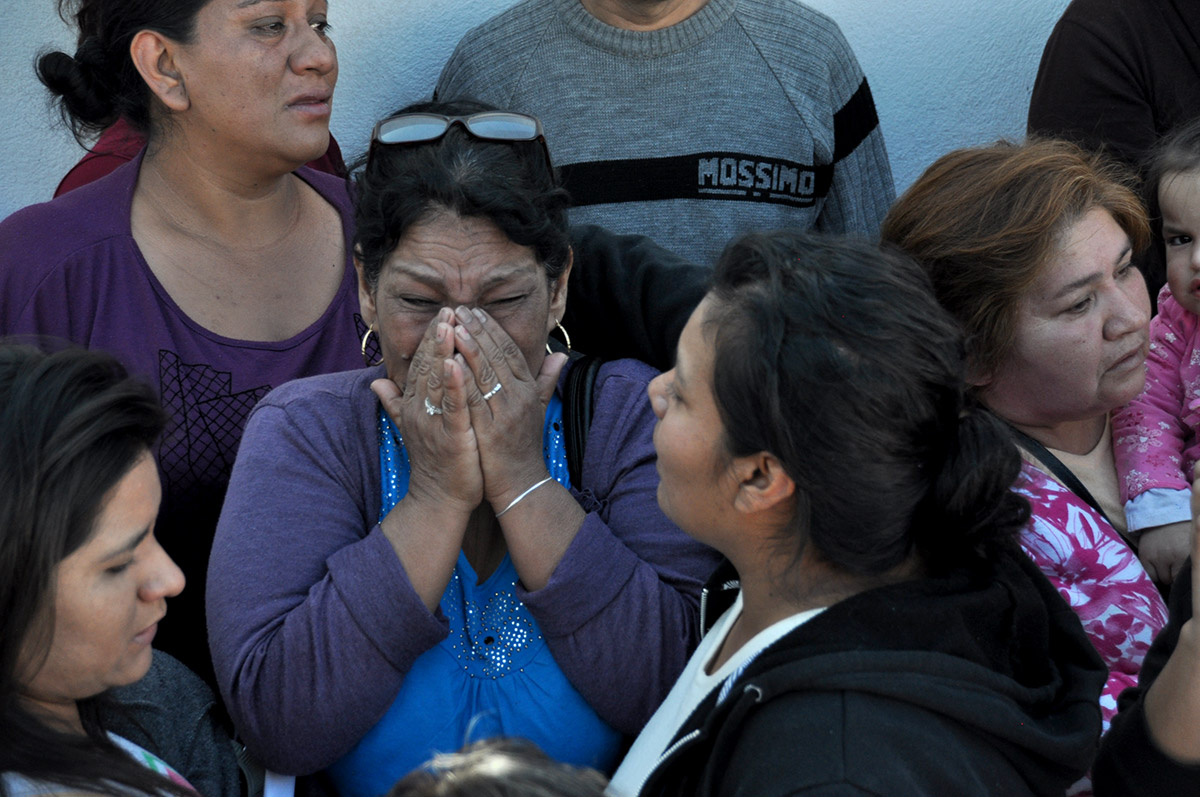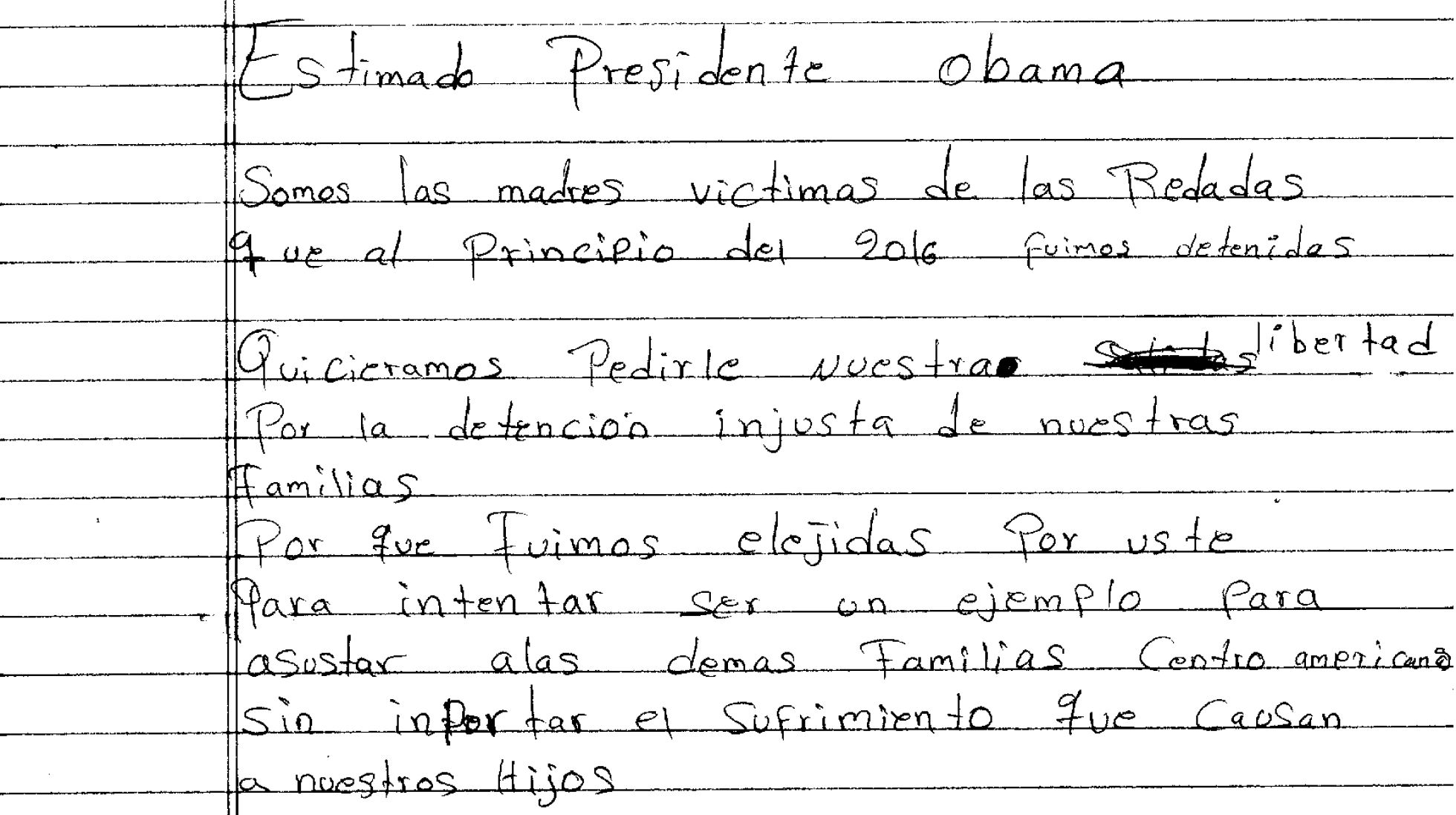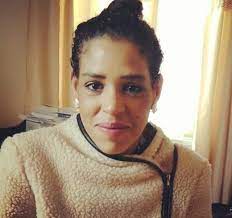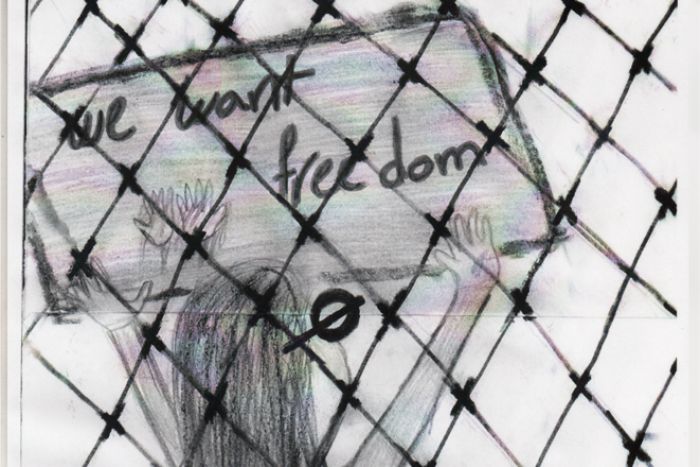
Humans are complicated beings; they can surprise, anger, disappoint, amaze or frustrate you by what they do and how they react. That is a common and acceptable narrative when one refers to “men”. The narrative changes and complexity is viewed differently when women are the subject of the talk.
In my years of working with perpetrators and survivors of domestic and sexual violence, I have witnessed many women who have felt compelled to ‘be nice’ to their perpetrator. Many often apologize, authorize contact and seek to get back with him. This reaction to trauma is the result of a ‘social conditioning’ that most women are taught from an early age, which they have internalized to be deferential, fix problems, and avoid conflict at all costs. It leads them to second guessing and undervaluing their own experiences with a question hovering over their heads most of the time: “Maybe I’m overreacting?”
If a woman’s reaction to trauma is anything less than “perfect” behaviour deemed suitable for a victim, people are inclined to dismiss it. And when we realize women’s passivity in dealing with trauma and having difficulty with confrontation, we get frustrated and turn on them. We ask them: Why did you stay in touch? How bad could it have possibly been?
So for Lucy DeCouture, the only one of the three women who was publicly named in the trial of Jian Ghomeshi – the former CBC host who was acquitted of one charge of choking to overcome resistance and four charges of sexual assault related to three women, on the basis of ‘inconsistencies’ and ‘deception’- everything came back to one big question: Why did she keep in touch with Jian?
Sometimes, in the moment, says Jaclyn Friedman, “It’s less painful to convince ourselves that we made a poor decision and shouldn’t blame whoever did it because we don’t want to internalize the violation. You then reach for the niceness training as a way to express this denial. Especially as a woman, blaming yourself is really familiar. That script is super handy.” One can see this pattern in DeCoutere’s testimony when she told the packed Toronto courtroom: “As I say this now, it’s outrageous that I stayed and did not leave but that was my reaction.” Later in an interview she said that after giving her testimony she felt like she had to “go up to every person in the world and apologize for ruining the case.”
Among other troubling aspects, the trial of Jian Ghomeshi exposed a double standard, that deep down we have all been taught that a complicated man is a just a complex human being, but a complicated woman is a liar. We need to draw on our innate understanding that no one can be a perfect victim, people are complex, trauma is complicated and reactions to it differ from person to person in different circumstances and should not be scrutinized from outside.
Carissima Mathen, an associate professor of law at the University of Ottawa, says that the frustration and outrage spawned by the judge’s decision is understandable: “Sexual assault law has been stained by sexist myths, unsupportable evidentiary rules, and skepticism of women’s basic truthfulness. Owing largely to the efforts of feminist advocates, Canadian law has formally shed itself of many of those deficiencies. Yet, translating rules into effective enforcement has proved damnably difficult.” However, some have concluded that the judge was left with no choice but to acquit Ghomeshi as a result of the damaging cross-examination of the complainants.
It should be highlighted that in his verdict, Judge Horkins said that while the evidence in the case raises a reasonable doubt, it is not the same as deciding in any positive way that these events never happened. It is also equally important to keep in mind that during the trial Ghomeshi’s lawyer, Marie Heinen, did not ask his accusers the single most important question that was at the centre of this trial: whether Ghomeshi actually assaulted them.
(Photo Credit: Kenny Mason / News 1130)








